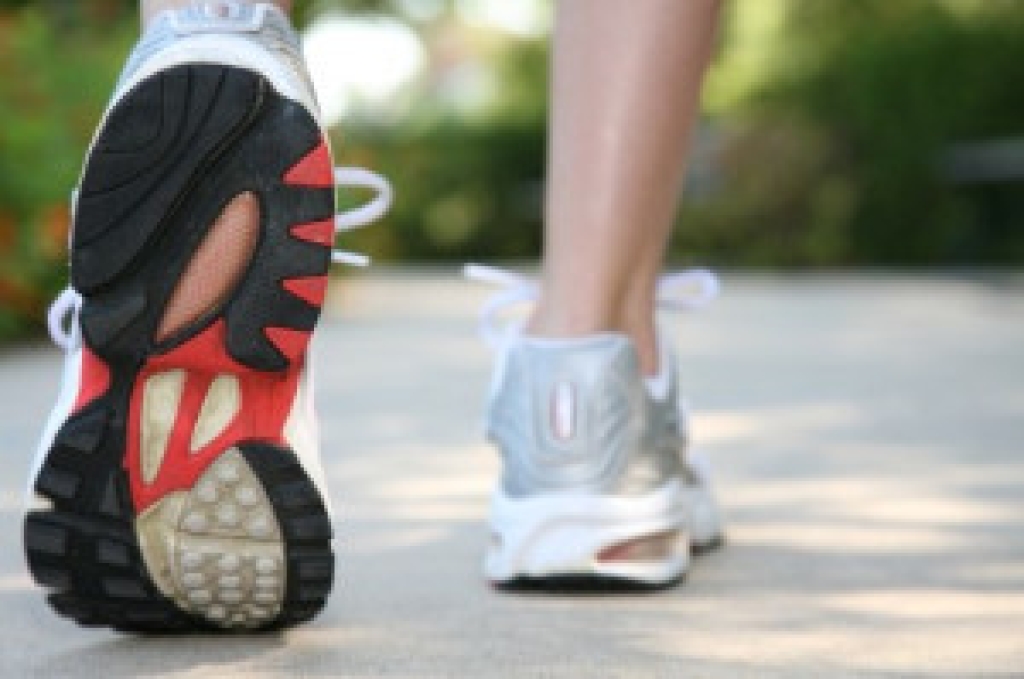
The ankle is a vital joint that connects the lower leg to the foot and plays a major role in movement and balance. It is located at the junction where the leg bones meet the top of the foot, forming a strong and stable structure. The anatomy of the ankle includes bones, ligaments, tendons, and muscles that work together to allow motion while supporting body weight. This joint enables actions such as walking, running, jumping, and maintaining posture on uneven surfaces. When the ankle is injured or not functioning properly, pain, swelling, stiffness, and instability can limit daily activities. A podiatrist can help by evaluating ankle structure and movement, diagnosing injuries or alignment problems, and creating a personalized treatment plan. If you have ankle pain, it is suggested that you consult a podiatrist who can determine what the cause is, and offer effective relief and treatment solutions.
If you have any concerns about your feet, contact one of our doctors from New Jersey and New York. Our doctors can provide the care you need to keep you pain-free and on your feet.
Biomechanics in Podiatry
Podiatric biomechanics is a particular sector of specialty podiatry with licensed practitioners who are trained to diagnose and treat conditions affecting the foot, ankle and lower leg. Biomechanics deals with the forces that act against the body, causing an interference with the biological structures. It focuses on the movement of the ankle, the foot and the forces that interact with them.
A History of Biomechanics
- Biomechanics dates back to the BC era in Egypt where evidence of professional foot care has been recorded.
- In 1974, biomechanics gained a higher profile from the studies of Merton Root, who claimed that by changing or controlling the forces between the ankle and the foot, corrections or conditions could be implemented to gain strength and coordination in the area.
Modern technological improvements are based on past theories and therapeutic processes that provide a better understanding of podiatric concepts for biomechanics. Computers can provide accurate information about the forces and patterns of the feet and lower legs.
Understanding biomechanics of the feet can help improve and eliminate pain, stopping further stress to the foot.
If you have any questions please feel free to contact our offices located in Little Silver, NJ and New York, NY . We offer the newest diagnostic and treatment technologies for all your foot and ankle needs.




